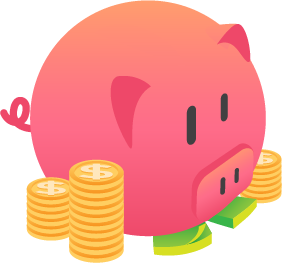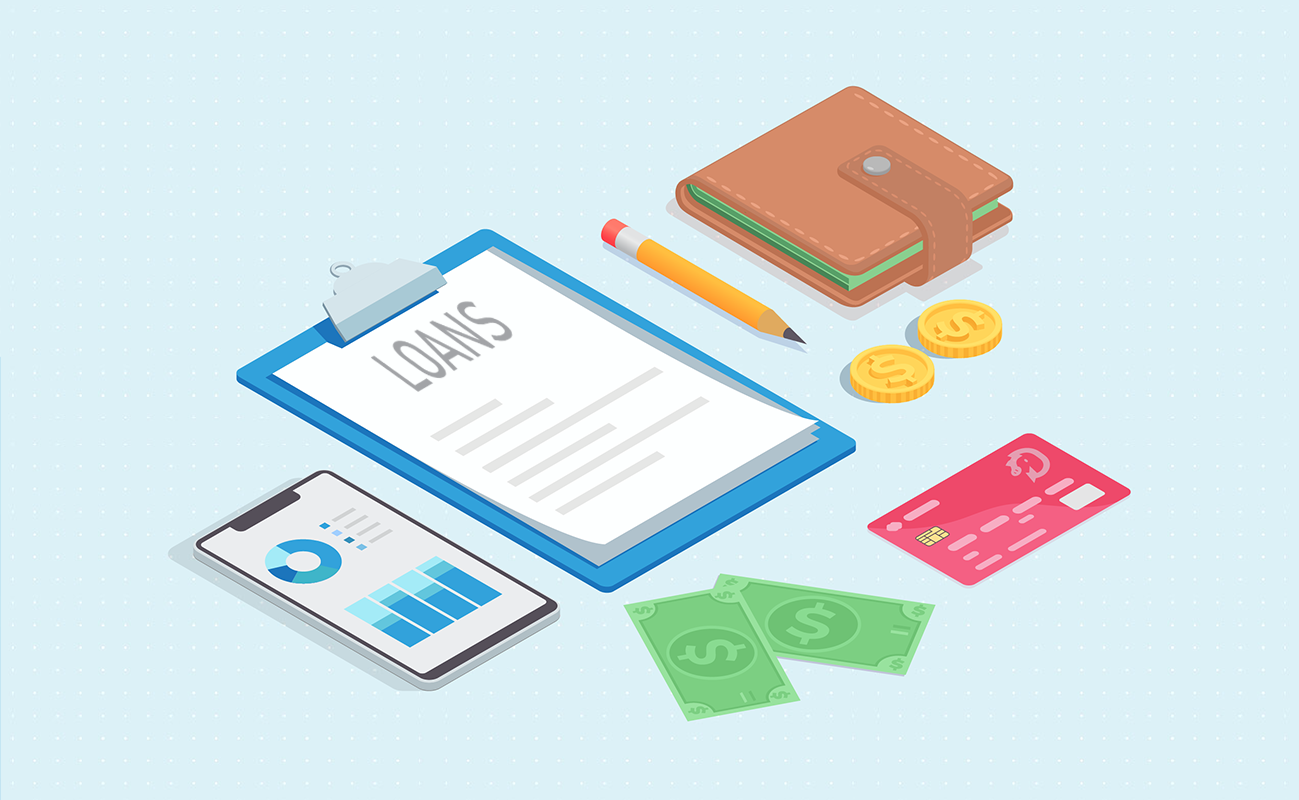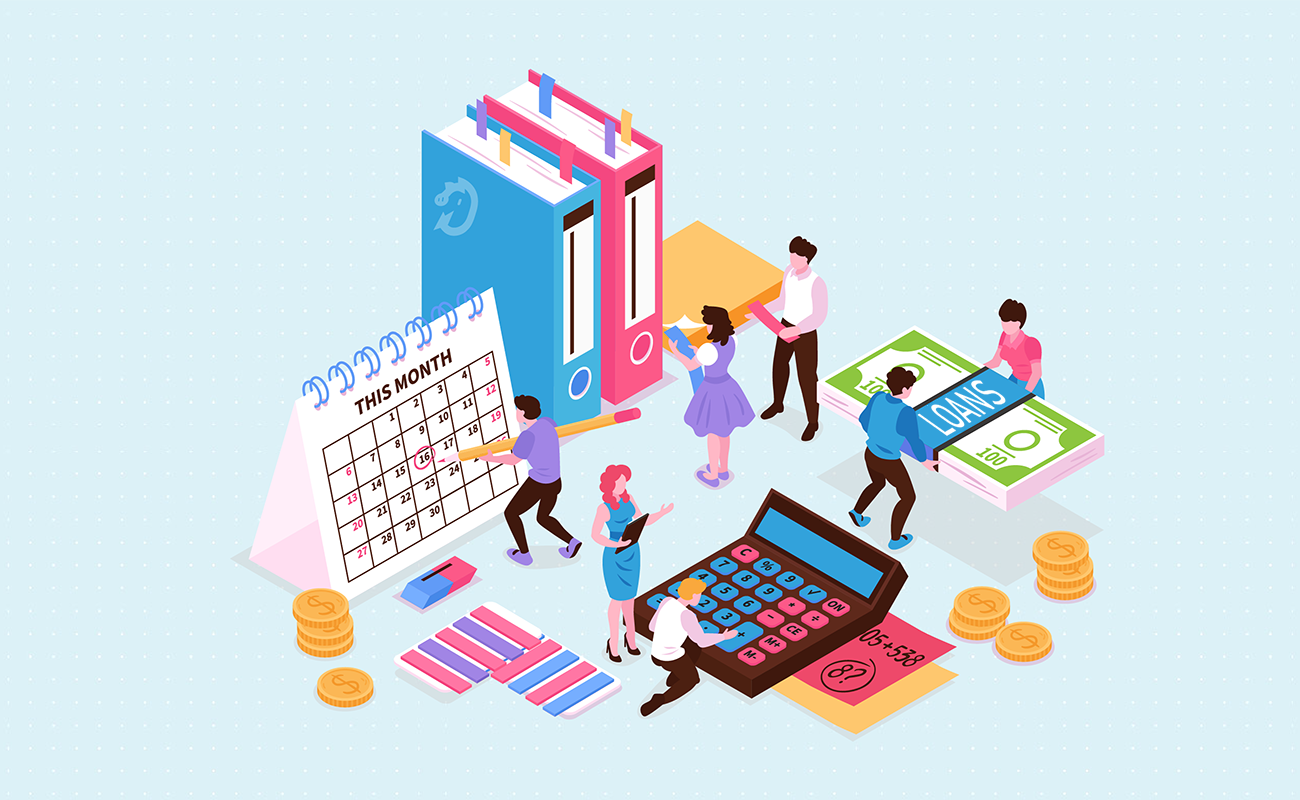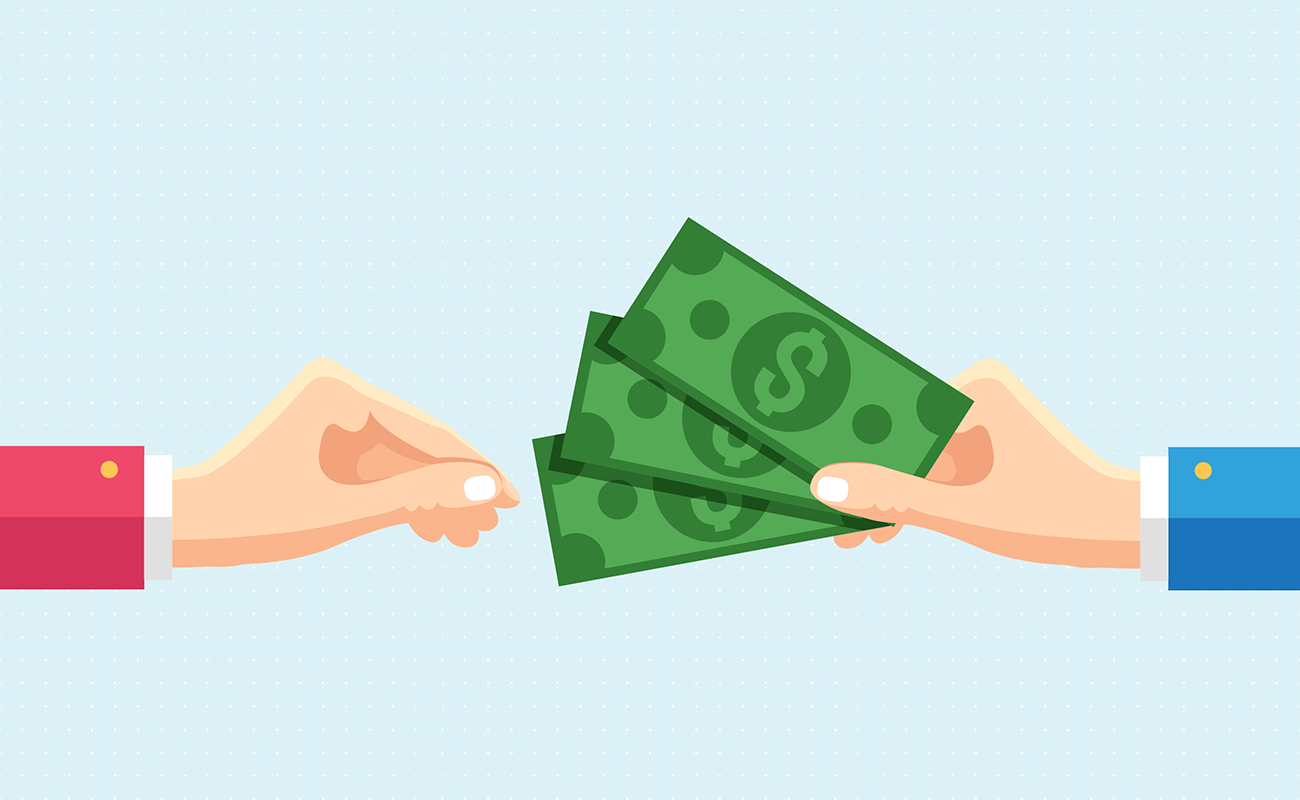Amortization
Biweekly Payments
Interest Only Payments
 Loan Repayment Breakdown Calculator
Loan Repayment Breakdown CalculatorUse this calculator to break down the monthly payment for any loan into its associated interest & principal.
Results change automatically when you update any input.
Guide published by Jose Abuyuan on February 5, 2020
Many people make the common mistake of focusing on monthly payments rather than the total cost of borrowing money. Because of this, they fail to choose practical loans they can comfortably afford.
A Boston Globe report in 2019 states that Americans struggle to save for a number of reasons. Apart from stagnant incomes and the rising rate of homes and living costs, many people can't save because they are focused on getting out of debt.
If you're taking a loan for the first time, learning about financial terms is of utmost importance. Even if you've been paying mortgages and car loans for a few years, the process can still be confusing if you don't take time to understand basic financial concepts.
To avoid toxic debt, it's crucial to learn how to secure a fair loan and manage your payments. With ample research and understanding of key terms, you can negotiate a more favorable deal. This can ultimately help improve your payment strategy and save you thousands of dollars on interest costs.
In this article, we'll guide you through the difference between a loan's interest and principal, and how these factors are calculated. Then, we'll shed light on how these aspects affect your loan payments to help you obtain a better deal.

Loans are comprised of three main factors which make up your monthly payment. These include:
These key factors do not only affect how much you pay every month. They also determine how much total interest you will pay over the life of the loan.
Furthermore, these main components are found in amortizing loans, which is common among mortgages, car loans, and personal loans. Amortizing loans require borrowers to make spread out payments over a fixed amount of time.
Amortization is an accounting technique that periodically decreases the book value of a loan. Essentially, this calculation is applied until your principal balance is reduced to zero. Amortization also determines how much of your payment goes toward your interest and principal balance.
The Consumer Financial Protection Bureau (CFPB) cautions borrowers against negative amortization. This occurs when your payments fall short of covering the interest cost. If this is the case, your current balance can increase. To avoid this, check your amortization schedule and make sure to send more than the minimum payment.

Amortization does not instantly show the total interest cost, which is the true cost of your loan. This is why you must keep track of your amortization schedule for the entire length of your payment.
Once you take out a loan, your obligation extends beyond repaying the borrowed amount. Lenders charge interest, which is the payment financial institutions impose in exchange for carrying your debt. Interest costs keep lenders in business so they can service your loans. And when it comes down to your total expenses, the real price of borrowing money depends on the total interest cost.
During amortization, a portion of your monthly payment goes toward the interest. In most cases, a bigger fraction of your payment goes toward the interest during the first years of your loan. This is especially true with higher interest rates and longer loan terms. But over time, the interest ratio decreases, and a bigger portion of your payment goes toward your principal.
How do you get a favorable interest rate? You can obtain low interest at competitive rates if you have a high credit score. The most common credit score classification system is FICO, which is used by 90 percent of lenders in the U.S. The scoring system ranges from 300 (poor) to 850 (exceptional). If you have a credit standing of 740 and above, you can get better than average rates compared to others with lower scores.
What happens if you have a poor credit score? Borrowers with low credit standing are usually offered higher interest rates. People with poor credit history present higher risk to lenders. Before you apply for a loan, make sure to improve your credit score.
The principal is the amount that you borrow from a financial institution. When you refer to the principal balance on your amortization schedule, it's the amount your still owe your lender after making several payments.
The principal or loan amount is one of the first things you need to figure out before applying for a loan. For instance, if you're applying for a mortgage, how much do you intend to borrow? Is $200,000 enough, or do you think you'll need more?
Depending on your credit score, take note that lenders may lend you a lower amount. This is why it's important to keep a good credit standing. Once you've decided on a workable amount, commit to it. Taking a higher debt than necessary can make your payments more difficult to manage.
The Good News? Many lenders allow you to pay directly to your principle. Just contact your credit provider directly. This will help reduce your debt substantially, especially if you pay early in the loan term.

Loan term refers to the agreed amount of time you must pay your lender. Examples of this include a 5-year auto loan, a 15-year mortgage, and a 3-year personal loan. It's important to note that longer or stretched-out payment duration incurs higher interest cost.
Uniformed borrowers usually make the mistake of choosing extended loan terms with lower monthly payments. However, if they actually calculate the total interest cost, they spend more. This is especially unfavorable if you pay too long for a new car (more than 6 years). By then, you'll still be paying for a vehicle with considerably less value.
It's best to negotiate shorter terms with monthly payments that you can afford. While shorter terms usually mean higher monthly payments, you end up saving more on interest costs over the life of your loan. On top of that, you'll wipe out your debt sooner.
Where do you factor in the down payment? Make sure to include this to your total loan payments to calculate the overall cost of your loan. Once you're aware of this, decide whether you're getting a favorable deal or if there are better options you can move on to.
The down payment is money you give upfront when you secure your loan. If you pay a higher down payment, it helps reduce the actual amount you borrow. It's wiser to gather more down payment funds before jumping into a loan.
You can calculate your monthly payment breakdown by applying the following formulas:
Interest Payment = (Interest rate x Loan balance) / 12
= (0.045 x 250,000) / 12
= 11,250 / 12
= 938
Principal Payment = Monthly Payment – Interest Payment
= 1,912 – 938
= 974
Principal Balance = (Loan Balance – Principal Payment)
= 250,000 – 974
= 249,026

Financial institutions break down loan payments by creating an amortization schedule. This is a table that shows precisely how much of your monthly payment goes toward your interest and principal. You can create this table yourself by plotting the following loan details:
To know your loan repayment breakdown, use our calculator above. You can set it to find out your payment details according to your desired payment number.
Below is an example of two mortgage amortization schedules. It compares the first five payments of a 30-year fixed term at 4.5 percent APR and 15-year term with a 4.5 percent APR.
Mortgage Amortization Schedule, 30-Year Fixed Rate
| Date | Payment No. | Beginning Balance | Interest | Principal | Balance |
|---|---|---|---|---|---|
| March 2020 | 1 | $250,000 | $938 | $330 | $249,671 |
| April 2020 | 2 | $249,671 | $936 | $329 | $249,340 |
| May 2020 | 3 | $249,340 | $935 | $332 | $249,009 |
| June 2020 | 4 | $249,009 | $934 | $333 | $248,676 |
| July 2020 | 5 | $248,676 | $933 | $334 | $248,342 |
*The figures in this table were rounded off to the nearest whole number.
In the example above, you'll notice that a considerable fraction of your payment is dedicated to the interest. In the first payment, $938 went to interest, while $330 was left to the principal. The succeeding payments only add $1 to the principal payment. After five payments, your principal balance only decreased to $248,342. Thus, the longer term provides minimal reduction to your principal balance in the first several years.
On top of that, the total interest paid throughout this 30-year term is$206,018.10. If you add the $50,000 down payment (excluding taxes and other closing fees), you end up paying twice the amount you borrowed.
Mortgage Amortization Schedule, 15-Year Fixed Rate
| Date | Payment No. | Beginning Balance | Interest | Principal | Balance |
|---|---|---|---|---|---|
| March 2020 | 1 | $250,000 | $938 | $975 | $249,025 |
| April 2020 | 2 | $249,025 | $934 | $979 | $248,046 |
| May 2020 | 3 | $248,046 | $930 | $982 | $247,064 |
| June 2020 | 4 | $247,064 | $926 | $986 | $246,078 |
| July 2020 | 5 | $246,078 | $923 | $990 | $245,088 |
*The figures in this table were rounded off to the nearest whole number.
With the 15-year term, the first thing you'll notice is the higher monthly payment. It costs $645 more compared to the 30-year term. However, you'll see that a significant portion of your payment goes to your principal right away. In the first payment, $938 went to interest, while $975 went to the principal. It only took five payments to reduce the principal balance to $245,088.
By taking a shorter term, you get the biggest benefit in interest savings. The total interest paid throughout this 15-year mortgage is $94,284.37. Compared to the 30-year term, you save $111,733.73 in interest costs.
Doing the math may seem too taxing at first. But once you understand how much money you can save just by reviewing loan details, you'll make more informed decisions. This will help you avoid long extended debt and unfavorable deals that eat away your precious savings. And if you're currently paying off a mortgage or any other type of debt, you can estimate how much you can add to your payments to wipe out your debt faster.
Need help computing a missing term in your loan details? Use our calculator.
Jose Abuyuan is a web content writer, fictionist, and digital artist hailing from Las Piñas City. He is a graduate of Communication and Media Studies at San Beda College Alabang, who took his internship in the weekly news magazine the Philippines Graphic. He has authored works professionally for over a decade.